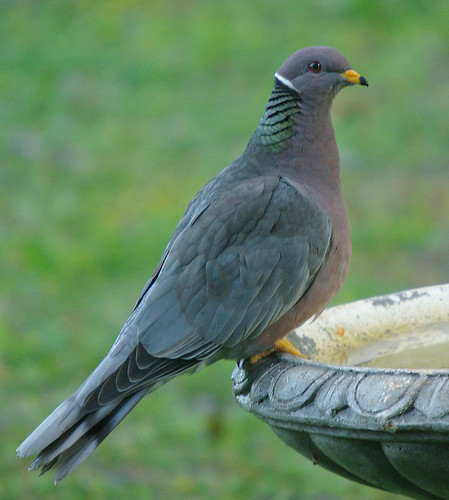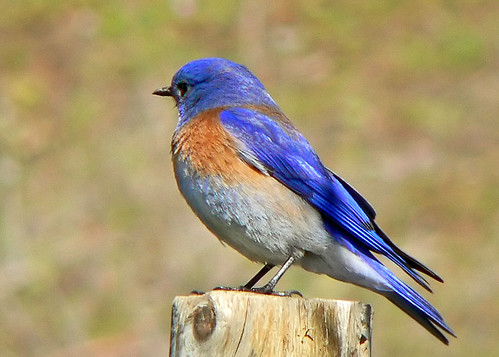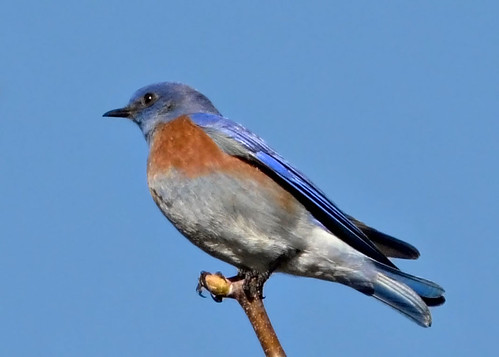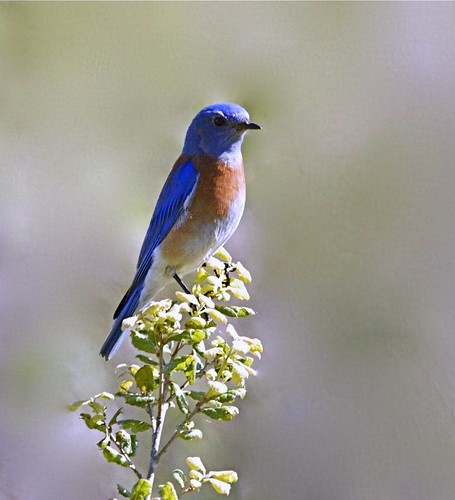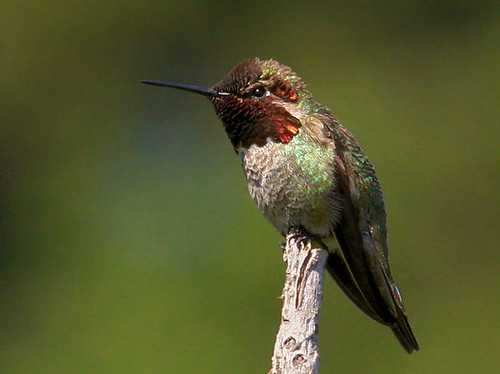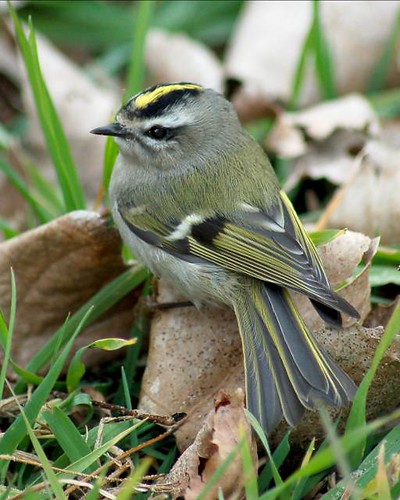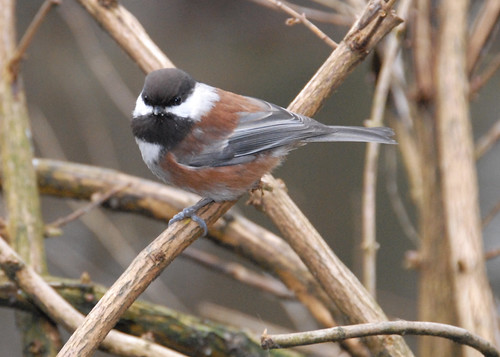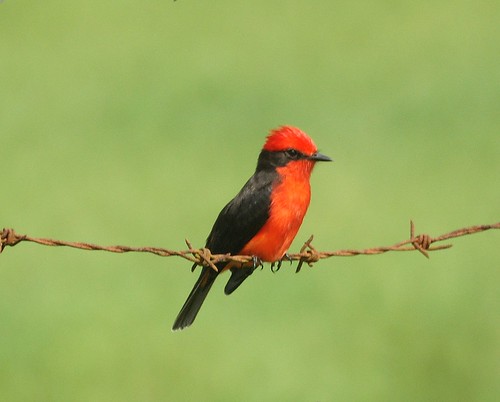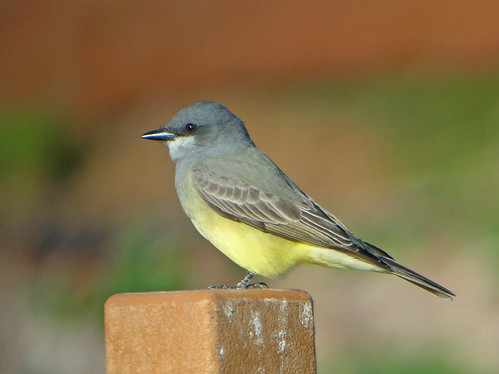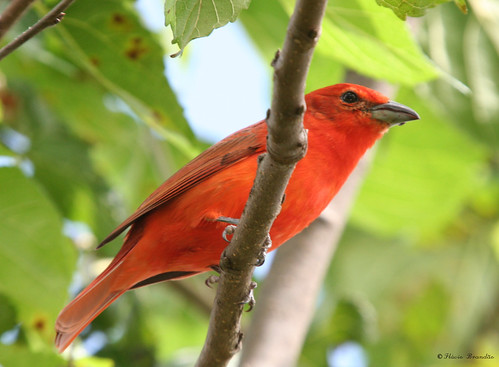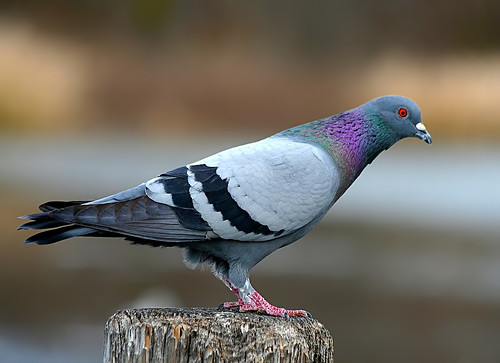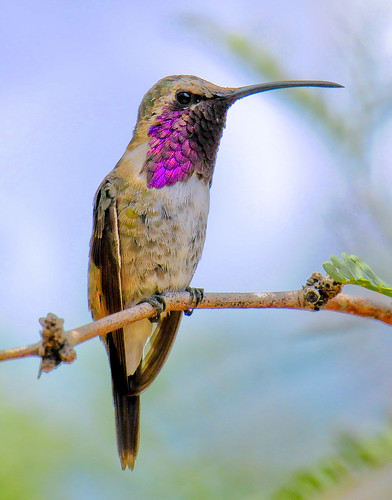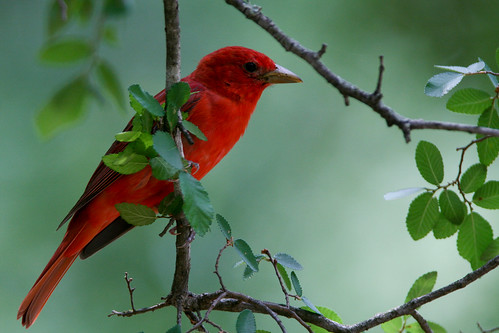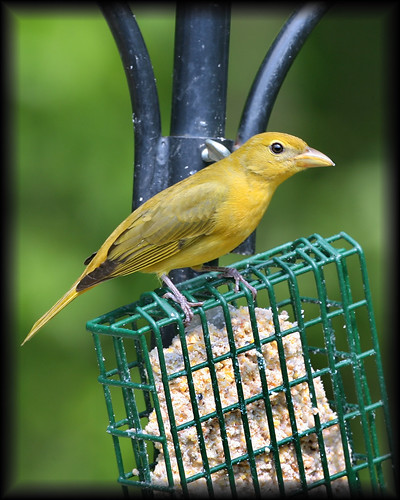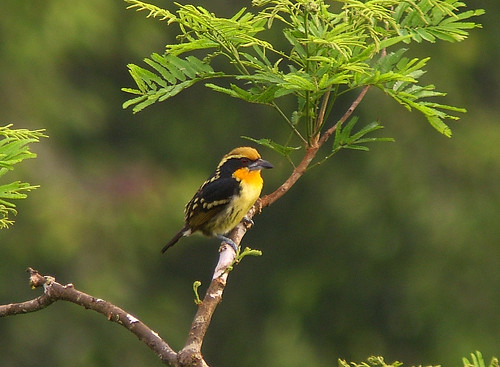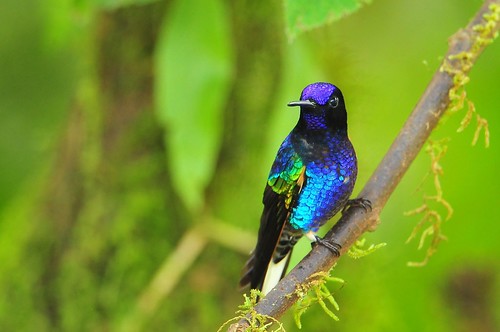The waxwings form the genus Bombycilla of passerine birds. According to most authorities, this is the only genus placed in the family Bombycillidae.
Waxwings are characterised by soft silky plumage. (Bombycilla, the genus name, is Vieillot's attempt at Latin for "silktail", translating the German name Seidenschwänze.) They have unique red tips to some of the wing feathers where the shafts extend beyond the barbs; in the Bohemian and Cedar Waxwings, these tips look like sealing wax, and give the group its name (Holloway 2003). The legs are short and strong, and the wings are pointed. The male and female have the same plumage. All three species have mainly brown plumage, a black line through the eye and black under the chin, a square-ended tail with a red or yellow tip, and a pointed crest. The bill, eyes, and feet are dark. Calls are high-pitched, buzzing or trilling monosyllables (Sibley 2000, MacKinnon and Phillipps 2000).
Waxwings are characterised by soft silky plumage. (Bombycilla, the genus name, is Vieillot's attempt at Latin for "silktail", translating the German name Seidenschwänze.) They have unique red tips to some of the wing feathers where the shafts extend beyond the barbs; in the Bohemian and Cedar Waxwings, these tips look like sealing wax, and give the group its name (Holloway 2003). The legs are short and strong, and the wings are pointed. The male and female have the same plumage. All three species have mainly brown plumage, a black line through the eye and black under the chin, a square-ended tail with a red or yellow tip, and a pointed crest. The bill, eyes, and feet are dark. Calls are high-pitched, buzzing or trilling monosyllables (Sibley 2000, MacKinnon and Phillipps 2000).
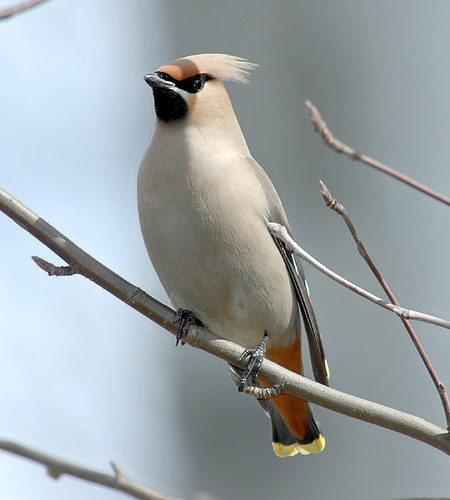
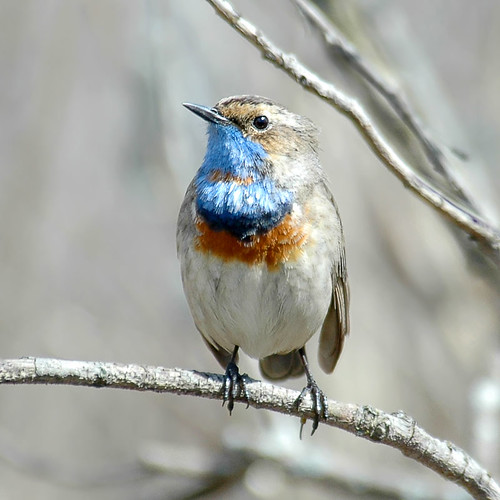
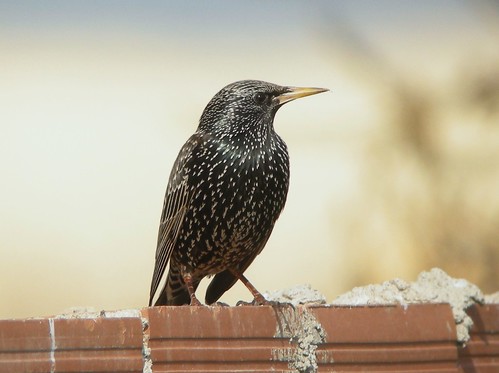

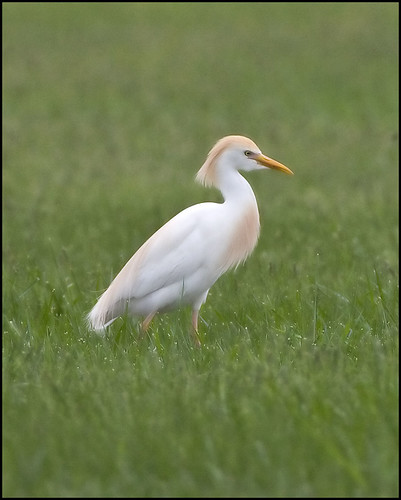


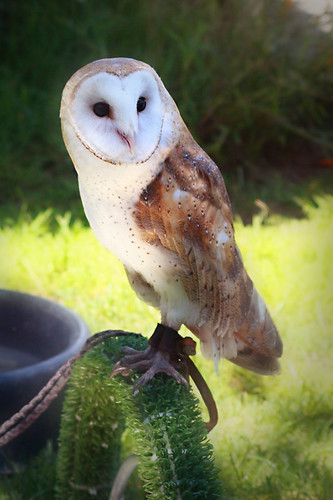

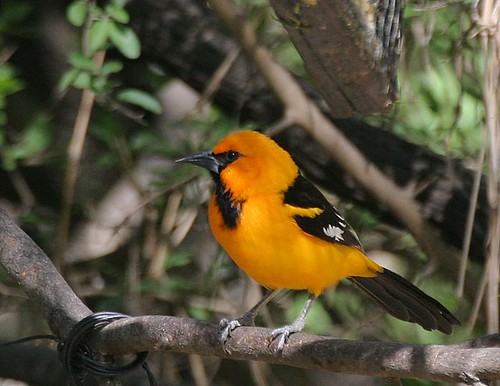
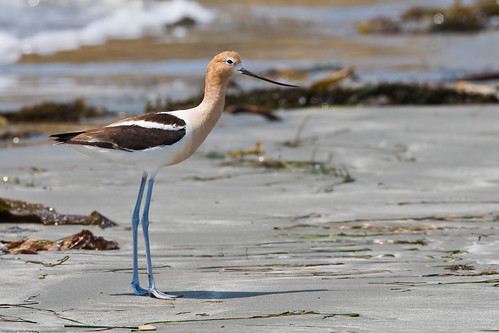

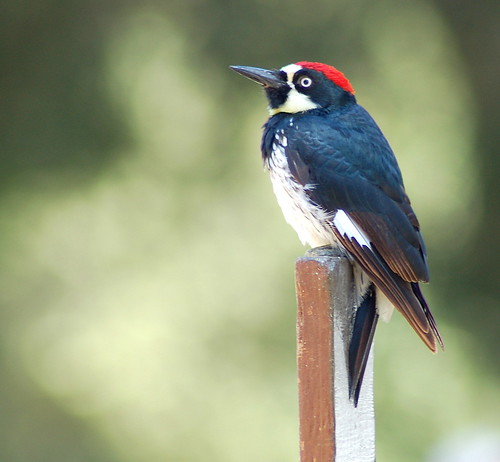

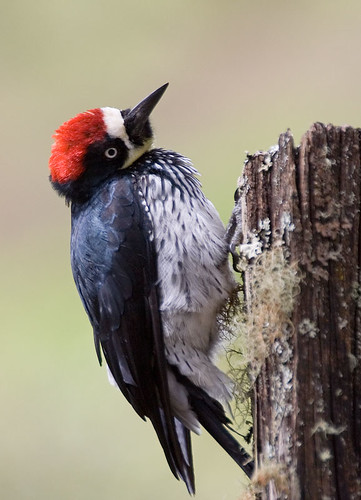
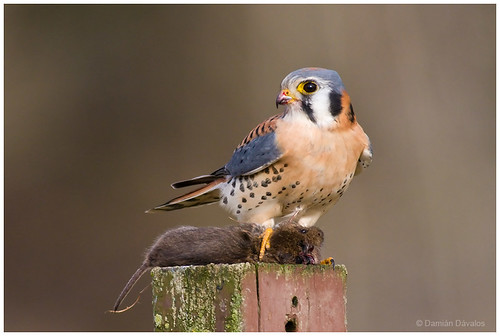
![Tortolita grisácea [Common Ground-Dove] (Columbina passerina albivitta)](http://farm4.static.flickr.com/3246/2309789004_a2c0f22bc5.jpg)
